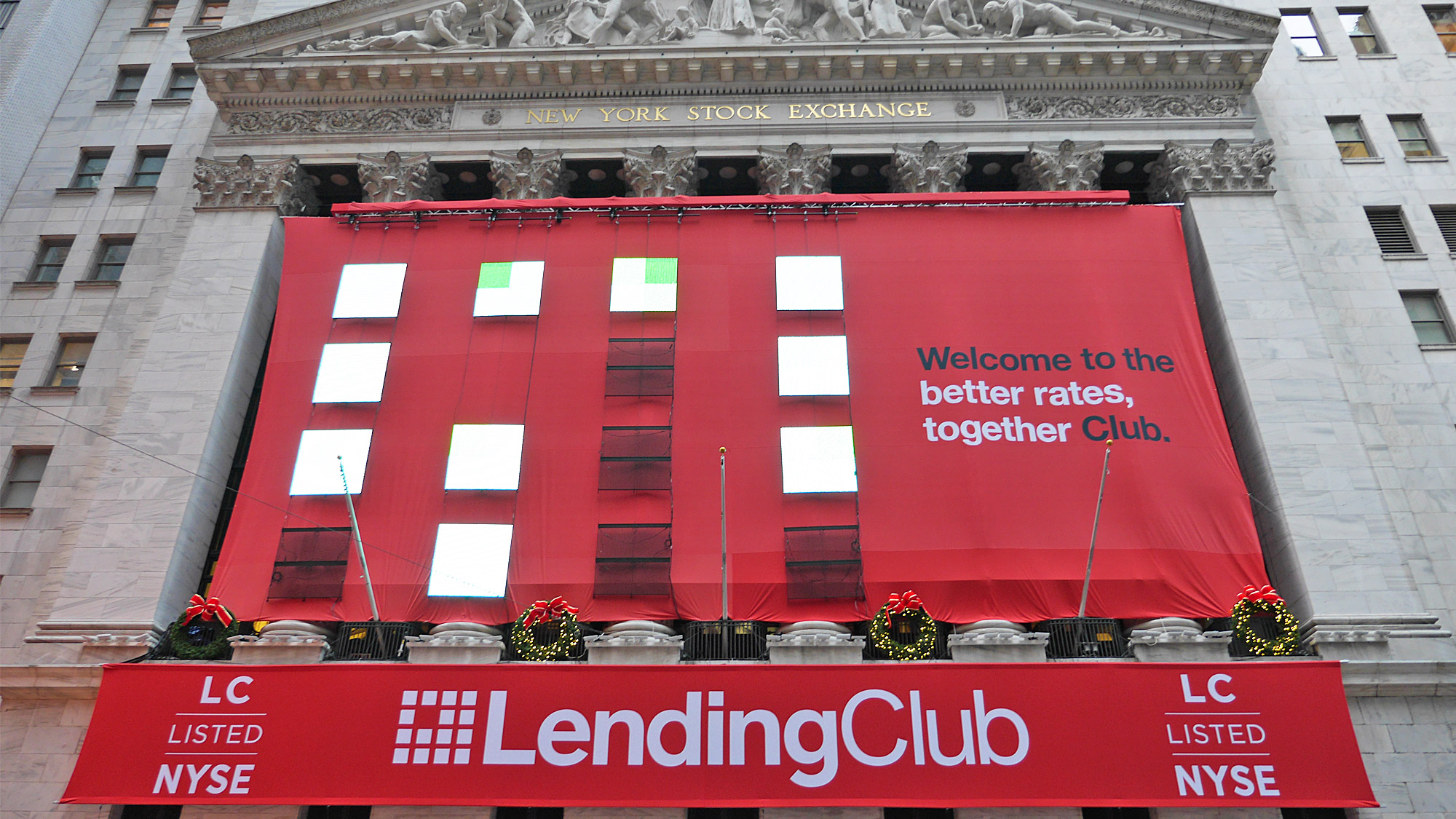Lending Club (LC) will always have a fond place in my heart. Renaud Laplanche’s small team presented at our very first Finovate in 2007. And until a few months ago, they were our most successful startup alum, at least measured by company valuation (Credit Karma gets the nod for now). While LendingClub is still a unicorn (market cap = $1.5 billion today), the loss of 7 or 8 unicorns’ worth of market cap in the past 12 months is unsettling.
I have had little interaction with the company in the past few years as it moved from demoing tech at Finovate to keynoting alt-lending events. But I’ve always been a fan, both of the business model, and also of Laplanche and the company as a whole. I will say this, though, they were one of our more intense alums. But that’s not necessarily a negative. That’s often what it takes to scale in the difficult world of consumer credit where one misstep can sink you (RIP Nextcard).
But they’ve also been willing to give back. Laplanche personally introduced us to a potential strategic partner several years ago. He did it purely as a friendly favor. It was long past the point where he had anything to gain from that introduction.
So, yeah, it’s been hard to watch the s***storm of the past 10 days. I was preoccupied with FinovateSpring during the worst of it last week, but I’ve been soaking up the various articles the past few days. I agree with Peter Renton’s post today: Lending Club must overcome some serious challenges in the short-term. But to say that the marketplace lending model is broken (paywall warning), or to jump to the conclusion of a fundamental flaw in the entire fintech industry is just so much hyperbole.
 From what I can discern, Lending Club had a relatively minor disclosure issue. And while LC lost major trust-points (albeit a HUGE issue), it’s important to note there were ZERO financial losses for anyone involved other than shareholders (see inset) and fired LC execs. A single bad consumer loan would produce more financial damage to LC lenders than this whole sordid situation.
From what I can discern, Lending Club had a relatively minor disclosure issue. And while LC lost major trust-points (albeit a HUGE issue), it’s important to note there were ZERO financial losses for anyone involved other than shareholders (see inset) and fired LC execs. A single bad consumer loan would produce more financial damage to LC lenders than this whole sordid situation.
What does this mean for the future of P2P lending? Well, it’s bad for LC short-term. But for other players, the situation is mixed. Less volume going through the LC platform means more loan demand for other players. But it’s a two-sided market, and clearly some institutional money is pulling back, so it may be harder to fund loans. That means rates go up, which will spike lender returns, bringing more capital back into the system. Money always flows to the best risk-adjusted return. So marketplace lending survives.
And what does all this mean to the other fintech players? We had 72 demos at FinovateSpring last week. Exactly zero of them are impacted negatively by the LC situation. The primary P2P loan-play, Best of Show winner Lending Robot, is probably helped by volatility. As the “Mint for individual P2P lenders,” that YC alum acts as a front-end to multiple loan platforms (see their demo here).
You could argue that the stock-price decline of Lending Club puts a damper on future fintech IPOs. That is probably true for U.S. consumer lending marketplaces like Prosper (which recently laid off 28% of its workforce, which, remember, had doubled in 2015). But serious investors don’t view fintech as one homogeneous field. Returns from angel investing in Hip Pocket or UBS’s recent investment in SigFig, have no correlation with the stock market return of a single public marketplace lender.
So yes, one high-flyer falls back to earth, but that’s not an indictment of an entire, highly diversified industry.





























